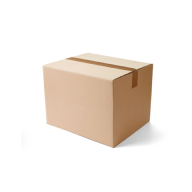Pearl Violet nitrile gloves
4.9 / 5
Product description
• Tested to EN374
• Available in twelve colours
• AQL 1.5 and EN455 parts 1-4
• Free from latex
• Free from powder
• Free from phthalates
• Tested to EN1186
• Ambidextrous
• Manufactured using high-quality nitrile
• Nitrile formulation conforms to the hand during use
• Beaded cuff
• Manufactured with textured palms and fingertips
• Medium-weight construction
• Touchscreen compatible
About Disposable Nitrile Gloves
Disposable Nitrile Gloves provide latex-free hand protection with superior chemical and puncture resistance. These single-use gloves offer excellent tactile sensitivity and a secure fit, making them ideal for healthcare, food service, cleaning, and industrial applications where hygiene and safety are essential.
- Chemical Resistance
- Food Service
- Water Resistance
- Medical Protection
- Antimicrobial Protection
- Hand Protection
Standards and labels
Unigloves delivery terms
Free delivery when you order more than 150,00 € from Unigloves
Supplier shipping fee 4,74 €
Brand minimum 1 200,00 €
Price available on request
Shipping fee is 4,74 € for orders under 150,00 €
A carton contains 10 packages (1 000 pieces)



